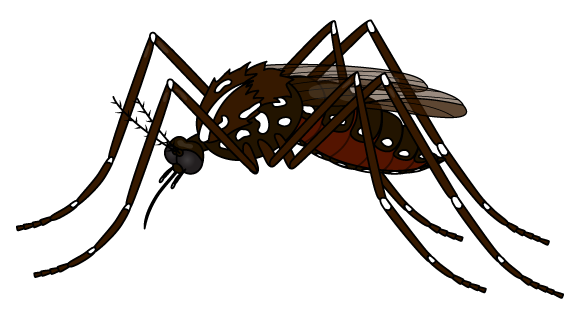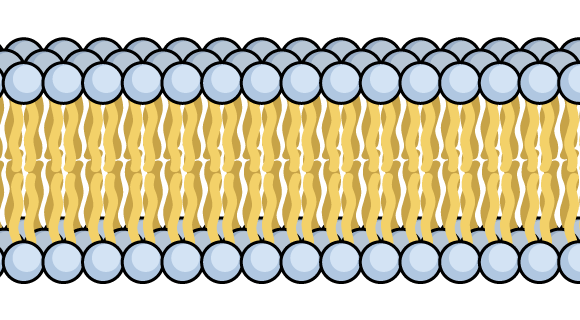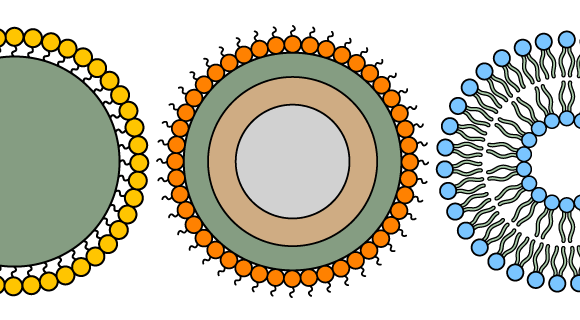It’s always a celebration when we see the amazing work of our users. I already wrote about the research of Dr. Alessandra Martini, Dr. Stefania Forner and their colleagues. They are Postdoctoral Researchers at University of California and mind the graph users. A few months ago, I showed the infographics Dr. Stefania Forner created for the review article published in Trends in Neurosciences entitled Synaptic impairment in Alzheimer’s Disease: A dysregulated symphony.
Today, I want to talk about their new review article entitled Past to future: what animal models have taught us about Alzheimer’s Disease.
Alzheimer’s disease (AD) is a neurodegenerative disorder that causes cognitive deficits and memory loss. Understand the disease mechanism is important to improve the life quality of pacients and find an effective treatment. Today, despite immense efforts within academia and the pharmaceutical industry are no effective treatments available. AD is the sixth leading cause of death in the USA and affects 35 million people around the world.
Alzheimer’s Disease infographics
The majority of AD patients are elder subjects that commonly sufferfrom a variety of co-morbidities. Diabetes, osteoporosis, renal disease, obesity, hypertension and hypercholes-terolemia/dyslipidemia, stroke, and seizure are the main comorbidities affecting the onset and progression of AD, adding intricacy tothe pathogenesis of the disease.
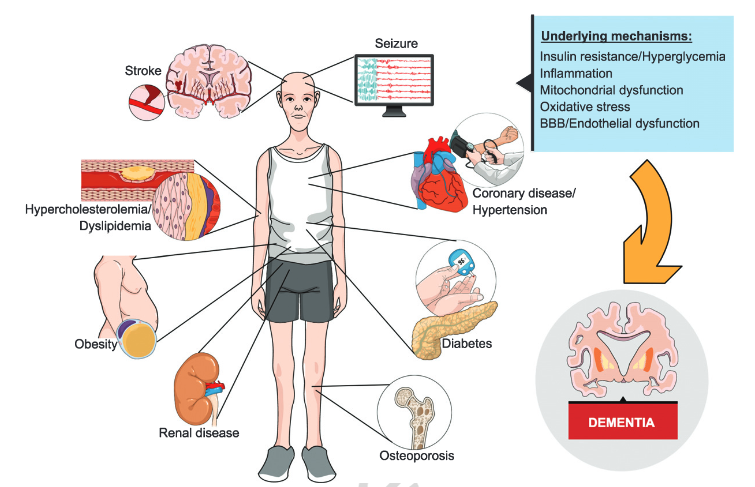
Despite intensive research efforts over the past few decades, the mechanisms underlying the etiology of sporadic AD (sAD), which represents the most common form of the disease, remains unknown. This is due, at least in part, to the fact that the majority of sAD patients are elder subjects that commonly suffer from a variety of comorbidities (e.g., stroke, stress,diabetes, seizures, osteoporosis, and renal disease)
The next infographic shows the formation and mechanisms of synaptic toxicity of tau and beta-amyloid oligomers.
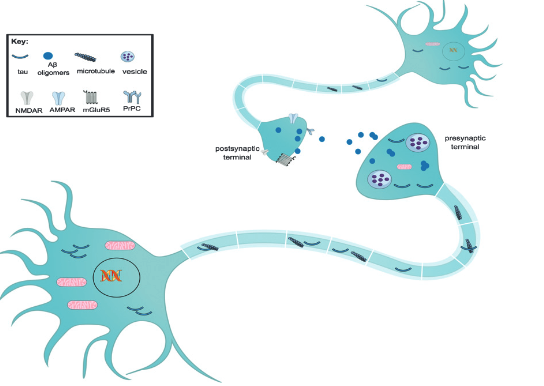
During tauopathies, there is a reduction in the number of dendritic spines. Tau does not enter the nucleus of the neuron, resulting in DNA damage. There is a reduction in the number of mitochondria and also in the number of presynaptic vesicles, which leads to synaptic loss. Such loss is also due to the entrance of tau into dendrites and postsynaptic areas. Tau also aggregates extracellularly, enabling it to be captured by other neurons.
She also created an infographic to show inflammatory mechanisms linked to Alzheimer’s disease (AD)
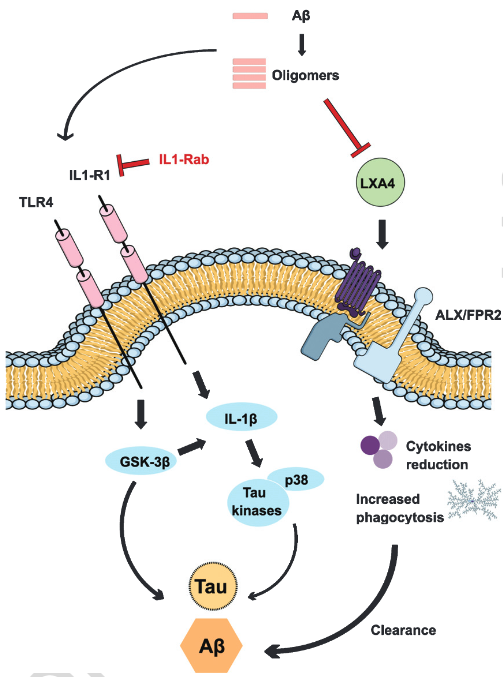
We have been particularly interested, over the past few years, in understanding how inflammation impacts beta-amyloid and tau pathology. Elderly individuals are susceptible to viral and bacterial infections, and these microbial agents could exacerbate the existing inflammatory condition in the brain, accelerating the cognitive decline.
Contragulations Dr. Stefania Forner for your great work!
If you are a scientist and want to create beautiful figures for your paper, you can become a mind the graph user right now.

Subscribe to our newsletter
Exclusive high quality content about effective visual
communication in science.



